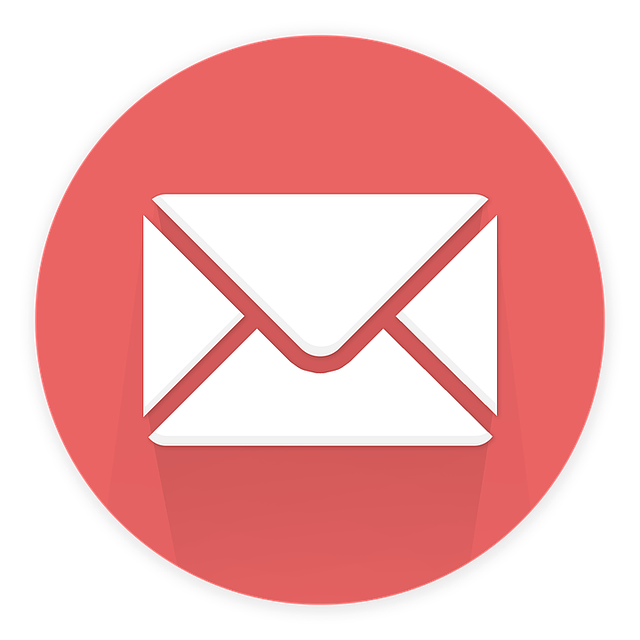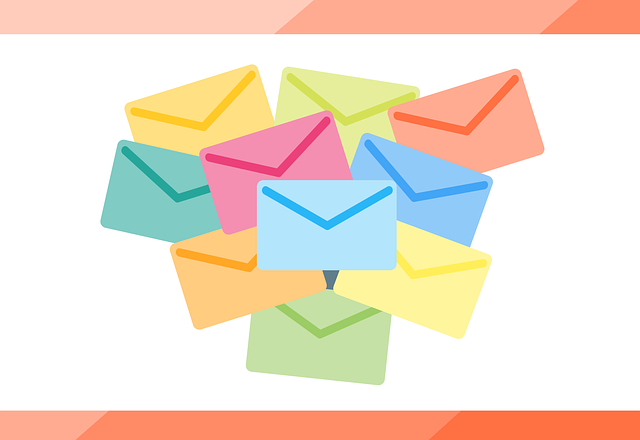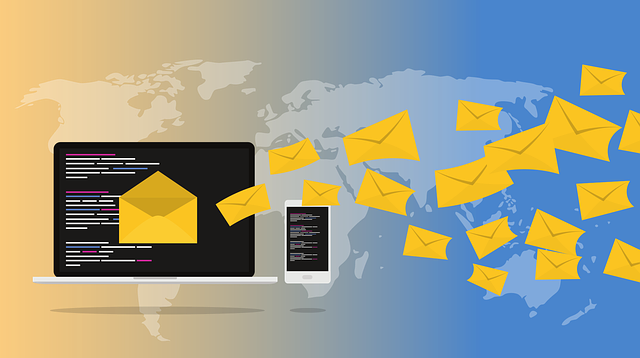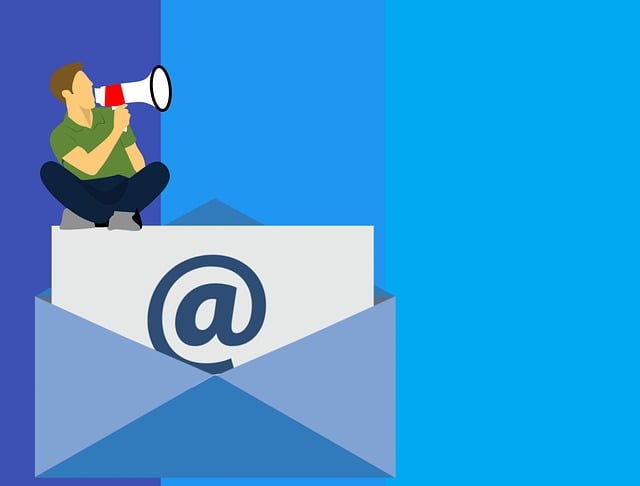Imagine you are a teacher standing before a classroom full of students. Each student has their own unique set of interests, learning styles, and needs. How effective would it be to deliver the exact same lesson to every student, without considering their individual differences? Not very, right?
In the world of email marketing for education and e-learning, the same principle applies. Your audience is diverse, with varying interests, goals, and preferences. Sending a generic email to your entire list is like teaching a one-size-fits-all lesson – it lacks personalization and fails to engage your students.
That’s where email marketing segmentation comes in. It’s like having the ability to divide your classroom into smaller groups, tailoring your lessons to meet the specific needs of each group. By segmenting your email list, you can deliver highly targeted and relevant content to different subsets of your audience, increasing engagement and ultimately driving better results.
In this article, we will explore the benefits of email marketing segmentation for education and e-learning, and provide you with practical tips on how to effectively segment your email list. Get ready to take your email marketing to the next level and witness improved engagement among your students.
Key Takeaways
- Email marketing segmentation tailors lessons to meet individual needs, increasing engagement and driving better results.
- Demographic segmentation divides subscribers based on age, gender, location, and occupation, improving email engagement by customizing content.
- Behavior-based segmentation analyzes actions and interactions to tailor email content, using data-driven analysis to anticipate needs and deliver personalized content.
- Interest-based segmentation categorizes subscribers based on preferences and interests, increasing click-through rates by delivering targeted messaging.
Benefits of Email Marketing Segmentation for Education and E-Learning
Email marketing segmentation offers numerous advantages for the education and e-learning industry. It enhances communication by tailoring content to specific target audiences, thereby fostering higher engagement rates. By dividing your email list into smaller, more targeted segments, you can effectively deliver personalized content that resonates with each group. This personalization increases open rates, as recipients are more likely to engage with emails that speak directly to their needs and interests.
Furthermore, segmentation allows you to improve click-through rates by sending relevant offers and information to specific segments, increasing the likelihood of conversion. To achieve effective email list segmentation, you need to consider factors such as demographics, interests, and past behaviors. By segmenting your email list effectively, you can maximize the impact of your email marketing campaigns and drive higher engagement among your audience.
How to Segment Your Email List Effectively
To effectively segment your email list, you need to consider three key points:
-
Demographic segmentation involves dividing your subscribers based on factors such as age, gender, location, and occupation.
-
Behavior-based segmentation focuses on analyzing the actions and interactions of subscribers to tailor your email content accordingly.
-
Lastly, interest-based segmentation involves categorizing subscribers based on their preferences, hobbies, and areas of interest to deliver targeted and relevant content that resonates with them.
By implementing these segmentation strategies, you can improve engagement, increase open and click-through rates, and ultimately drive better results from your email marketing campaigns.
Demographic Segmentation
Imagine how much more effective your email marketing campaigns could be if you could tailor your messages to specific age groups, genders, and locations. Demographic segmentation allows you to do just that.
By analyzing student profiling data and using geographic segmentation, you can create personalized email content that resonates with your audience. Here are four ways demographic segmentation can improve your email engagement:
-
Age: Customize your email content based on the age group of your recipients, ensuring that the messaging is relevant and appealing to their specific needs.
-
Gender: Tailor your emails to target males and females differently, taking into account their unique preferences and interests.
-
Location: Deliver location-specific messages to engage students in different geographic locations, such as promoting local events or offering region-specific discounts.
-
Language: Segment your email list based on the preferred language of your audience, ensuring that your messages are easily understood and resonate with them.
By utilizing demographic segmentation, you can enhance the effectiveness of your email marketing campaigns.
In the next section, we will explore behavior-based segmentation to further improve engagement.
Behavior-Based Segmentation
Enhance your understanding of your audience’s behavior by utilizing behavior-based segmentation. This allows you to create tailored email content that resonates with their specific interests and preferences.
Data-driven segmentation is a powerful technique that involves analyzing user behavior data. This includes website interactions, email opens, clicks, and purchases. It helps divide your audience into different segments based on their actions.
By using predictive analytics, you can identify patterns and trends in your audience’s behavior. This enables you to anticipate their needs and deliver personalized content that is more likely to engage them.
This approach allows you to send relevant emails at the right time, increasing the chances of conversion and retention. Moving forward, let’s explore interest-based segmentation to further refine your email marketing strategy and maximize engagement opportunities.
Interest-Based Segmentation
One fascinating statistic shows that businesses that utilize interest-based segmentation in their email campaigns see a 14% increase in click-through rates. By segmenting your audience based on their interests, you can deliver targeted messaging that is more relevant to each individual subscriber. This personalized approach not only increases engagement but also improves the overall user experience.
To effectively implement interest-based segmentation, consider the following tips:
- Analyze your subscriber data to identify common interests and preferences.
- Create specific email campaigns that cater to these interests, such as showcasing relevant courses or providing educational resources.
- Use dynamic content to customize email content based on each subscriber’s interests.
By implementing interest-based segmentation, you can optimize engagement and ensure that your email marketing efforts are tailored to your audience’s specific interests and needs. This targeted approach will ultimately lead to higher click-through rates and more successful email campaigns.
In the subsequent section about personalization and customization in email marketing, you’ll learn how to take segmentation even further to enhance the effectiveness of your email campaigns.
Personalization and Customization in Email Marketing
When it comes to email marketing, adding a personal touch can make all the difference in engaging students and learners in the education and e-learning industry. Personalization and customization techniques can greatly improve engagement and conversion rate optimization.
By tailoring emails to individual preferences, interests, and needs, you can create a more meaningful and relevant experience for your audience. Start by using their names in the subject line or greeting to grab their attention and make them feel valued.
Additionally, segment your email list based on factors such as course interests, learning objectives, or past engagement to send targeted content that resonates with each group. By providing personalized recommendations, relevant resources, and tailored offers, you can increase open rates, click-through rates, and ultimately drive more conversions.
Creating relevant content for each segment is the next step in maximizing email marketing effectiveness.
Creating Relevant Content for Each Segment
Tailoring content to different segments is crucial in order to create a personalized experience that resonates with the unique preferences and needs of each individual in the email audience. By understanding the interests and behaviors of your subscribers, you can deliver personalized recommendations and targeted messaging that will capture their attention and drive engagement.
Here are some key ways to create relevant content for each segment:
- Conduct thorough audience research to identify common interests and pain points.
- Use dynamic content to automatically populate emails with personalized recommendations based on subscriber preferences.
- Craft compelling subject lines that grab attention and entice recipients to open the email.
- Include dynamic visuals and interactive elements to enhance the user experience.
By implementing these strategies, you can effectively deliver content that speaks directly to your subscribers, increasing their engagement and improving overall email campaign performance.
In the next section, we will explore how automation and workflow can streamline the process of creating and sending segmented email campaigns.
Automation and Workflow for Segmented Email Campaigns
Automating and streamlining the workflow of segmented email campaigns can significantly boost the efficiency and effectiveness of your email marketing strategy. By automating campaigns, you can save time and resources. You can set up triggers and conditions that send targeted emails to specific segments based on their interests, behaviors, or demographics. This automation ensures that each segment receives relevant content at the right time, increasing engagement and conversions.
Workflow optimization further enhances the process by eliminating manual tasks and reducing errors. With a well-designed workflow, you can easily create, schedule, and track segmented email campaigns. This allows you to focus on other important aspects of your education or e-learning business.
As you move forward, measuring and analyzing the impact of email marketing segmentation will provide valuable insights for further optimization and success.
Measuring and Analyzing the Impact of Email Marketing Segmentation
To truly understand the impact of segmenting your email campaigns, you must take the time to measure and analyze the data. This will allow you to uncover valuable insights and make informed decisions about future optimization strategies.
Measuring the effectiveness of your segmented email marketing efforts is essential for improving engagement in the education and e-learning industry. Here are four reasons why measuring and analyzing the impact of email marketing segmentation is crucial:
- Gain insights into customer behavior and preferences
- Identify the most effective segmentation criteria
- Tailor content to specific segments for increased relevance
- Optimize email campaigns based on performance metrics
By measuring the impact of your segmentation strategies, you can identify what works and what doesn’t. This enables you to refine your approach and deliver personalized content that resonates with your audience. Don’t underestimate the power of data analysis in optimizing your email marketing efforts for improved engagement and conversion rates.
Frequently Asked Questions
What are some common challenges faced when implementing email marketing segmentation in the education and e-learning industry?
Implementing email marketing segmentation in the education and e-learning industry can be challenging. One interesting statistic is that 75% of educational institutions struggle to effectively segment their email marketing campaigns.
This highlights the need for strategies to overcome these challenges. Some common obstacles include limited data availability, difficulty in identifying relevant segments, and lack of personalization.
However, by employing strategies such as data collection, behavior tracking, and targeted content creation, you can enhance engagement and improve the effectiveness of your email marketing campaigns.
Are there any specific tools or software that can help in effectively segmenting an email list for educational institutions?
Email segmentation tools and effective email segmentation software can greatly benefit educational institutions. These tools allow you to categorize your email list based on various factors such as demographics, interests, behavior, and more. By segmenting your list, you can send targeted and personalized emails, resulting in higher engagement and better conversion rates.
Some popular email segmentation tools include Mailchimp, Constant Contact, and HubSpot. These tools provide user-friendly interfaces and powerful features to help you effectively segment your email list and optimize your email marketing campaigns.
How can personalization and customization in email marketing be used to enhance engagement with students and learners?
Personalization and customization in email marketing can be used to enhance engagement with students and learners. By tailoring content to their interests, you can overcome the objection that generic emails are impersonal. Personalization benefits include increased open rates, click-through rates, and conversions.
Implementing customization strategies can further enhance engagement. These strategies include using the recipient’s name, providing relevant recommendations, or sending targeted reminders. Research shows that personalized emails create a sense of connection, making learners more likely to interact and stay engaged with your e-learning platform.
Can you provide some examples of relevant content that can be created for different segments in the education and e-learning sector?
Examples of relevant content for different segments in the education and e-learning sector could include fun interactive quizzes and educational games for K-12 students.
For college students, career advice and internship opportunities in their field of study would be valuable.
These types of content provide engaging and interactive experiences that cater to the specific needs and interests of each segment.
By offering personalized and relevant content, educational institutions can enhance student engagement and foster a more meaningful learning experience.
What key metrics should educational institutions track to measure the success and impact of their segmented email marketing campaigns?
To truly gauge the impact of your segmented email marketing campaigns in the education sector, it’s crucial to keep a watchful eye on key metrics.
Measuring impact involves tracking success, and this can be done by monitoring open rates, click-through rates, conversion rates, and unsubscribe rates.
These metrics provide valuable insights into how well your campaigns are resonating with your audience. By diligently tracking these metrics, you can make data-driven decisions to optimize your email marketing strategies and ensure maximum engagement and effectiveness.
Conclusion
Congratulations! You’ve reached the end of this insightful article on email marketing segmentation for improved engagement in education and e-learning.
Now that you’re armed with the knowledge of how to effectively segment your email list, personalize your content, and automate your campaigns, you’ll be able to captivate your audience like never before.
Imagine the joy on their faces as they receive tailored emails that cater to their specific needs and interests. With the power of segmentation, you’ll leave a lasting impression on your recipients, fostering a strong connection and boosting your engagement.
So go ahead, implement these strategies, and watch your email marketing efforts soar to new heights!









